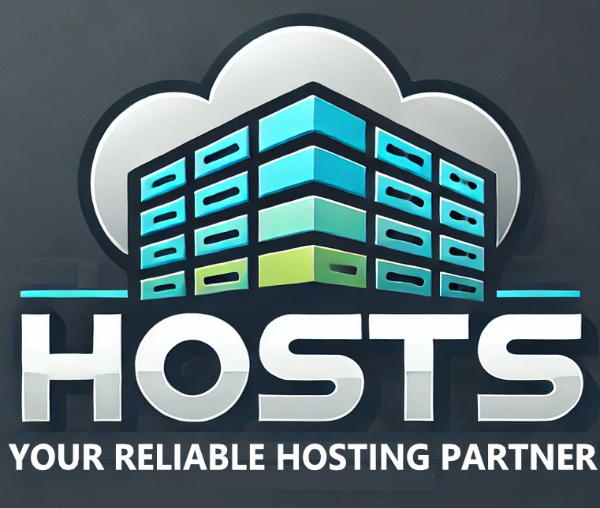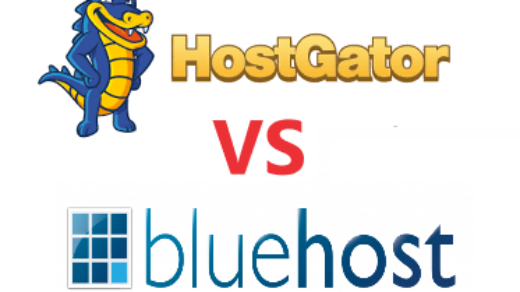Businesses need scalable, automated, and resilient infrastructure to keep up with the demands of modern applications. That’s where Kubernetes comes in.
Originally developed by Google, it has grown into one of the most widely used container orchestration platforms, enabling developers to deploy, manage, and scale applications with ease.
But is it better to run Kubernetes independently or use a managed service like Google Kubernetes Engine (GKE)? In this guide, we’ll break down Kubernetes, its core components, and how cloud providers like Google Cloud optimize Kubernetes for enterprise use.
What Is Kubernetes & Why It Matters
Kubernetes (often abbreviated as K8s) is an open-source container orchestration platform that automates the deployment, scaling, and management of containerized applications.
Instead of manually handling individual containers, Kubernetes organizes them into clusters, making it easier to manage workloads efficiently.
Key Components of Kubernetes:
✅ Clusters – The overall Kubernetes environment that houses workloads.
✅ Nodes – The machines (virtual or physical) that run containerized applications.
✅ Pods – The smallest deployable units containing one or more containers.
✅ Services – Ensure communication between different components in a Kubernetes cluster.
Why Kubernetes Is Essential:
🔹 Scalability – Automatically adjusts resources based on traffic and demand.
🔹 Self-Healing – Restarts failed containers and reschedules them when needed.
🔹 Load Balancing – Efficiently distributes workloads across nodes.
🔹 Portability – Works across multiple environments, from on-premise data centers to cloud providers like Google Cloud, AWS, and Azure.
With 80% of enterprises adopting containerized applications, Kubernetes has become the go-to choice for managing workloads efficiently.
Kubernetes vs. Cloud Provider Solutions (Google Cloud & Beyond)
When setting up Kubernetes, organizations have two primary choices:
1️⃣ Self-Managed Kubernetes (On-Premise or DIY Cloud Deployment)
2️⃣ Managed Kubernetes Services (Google Kubernetes Engine – GKE, AWS EKS, Azure AKS, etc.)
Self-Managed Kubernetes: The Pros & Cons
Running Kubernetes independently gives organizations full control over their infrastructure. However, managing Kubernetes manually comes with challenges:
✅ Pros:
- Full customization and control.
- Works across hybrid and multi-cloud environments.
- No dependency on a cloud provider.
❌ Cons:
- Complex setup and maintenance.
- Requires a dedicated DevOps team.
- Security and updates must be handled manually.
Managed Kubernetes: The Google Cloud Advantage
Google Cloud’s Google Kubernetes Engine (GKE) simplifies Kubernetes deployment with automation, security, and scalability.
✅ Pros of Using GKE:
✔️ Fully managed Kubernetes service with automatic scaling.
✔️ Integrated security & updates without manual intervention.
✔️ Multi-cluster support for hybrid cloud strategies.
✔️ Optimized performance using Google’s global infrastructure.
Google, being the creator of Kubernetes, provides one of the best-managed Kubernetes services in the industry.
👉 Who should use GKE? Enterprises that want simplified Kubernetes management, strong security, and deep integration with Google Cloud services like Cloud Run, BigQuery, and AI/ML tools.
Key Kubernetes Use Cases & Real-World Applications
Kubernetes isn’t just for tech giants—it’s revolutionizing multiple industries. Here’s how companies are leveraging K8s for modern applications:
1️⃣ DevOps & CI/CD Automation
Kubernetes enables continuous integration and deployment (CI/CD) by allowing developers to roll out zero-downtime deployments with automated rollbacks.
2️⃣ Microservices Architecture
Organizations migrating from monolithic applications to microservices use Kubernetes to manage individual components independently, improving scalability and performance.
3️⃣ Hybrid & Multi-Cloud Deployments
Kubernetes allows businesses to run workloads seamlessly across on-premise data centers and multiple cloud providers.
4️⃣ AI/ML & Big Data Processing
Companies handling large-scale AI/ML training or big data workloads use Kubernetes to manage GPU workloads efficiently.
Conclusion & Next Steps
Kubernetes has become the gold standard for container orchestration, helping businesses scale applications efficiently while reducing infrastructure complexity. Whether you choose self-managed Kubernetes or a cloud-based solution like Google Kubernetes Engine (GKE), the key is understanding how Kubernetes can optimize your deployments.
🔥 Ready to Get Started with Kubernetes?
- Check out Kubernetes Official Documentation for in-depth guides.
- Explore Google Kubernetes Engine (GKE) for an easy-to-use managed solution.
- Experiment with Kubernetes on your preferred cloud provider.
🚀 The future of cloud computing is Kubernetes—don’t get left behind!







